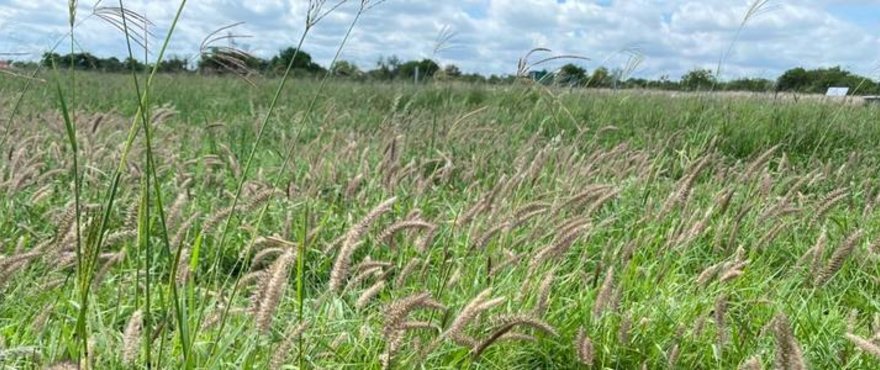Establishment
• November, February and March are the best seeding months
• Rolling the soil is essential
Soil preparation
• Reacts favourably when soils are loosened before the summer rains
• Heavy soils that crack during winter need less loosening than lighter soils
• Cultivation should not be done in winter, seeing that it can lead to dying off of the grass
Utilization
• Grazing normally starts in November for mature Buffalo grass when the grass is 300 mm long
• It is best if the grass is either lightly or completely grazed down
• If not, the result would be a mix of new leaves and old stalks, reducing palatability
• It can be utilized as both a very quick rotation and a relative long grazing period
• At the beginning of summer, the grass grows quicker, making it more challenging to implement grazing systems
• It is recommended to make hay or be rested during winter
• Remove all the old material at the end of winter
• Keep it as leafy as possible
GAYANDA
Fine, medium-short, tufted, non-rhizomatous type, to 90 cm tall (commonly 30-60 cm), mid-season flowering, suitable for light to medium textured soils. It has very good stock acceptance and is characterised by its dense tillers. It has a lower growth height than Molopo, making it a better option for sheep.




